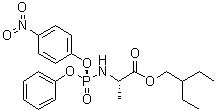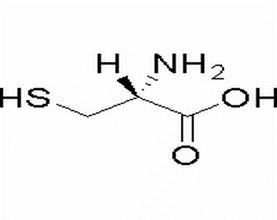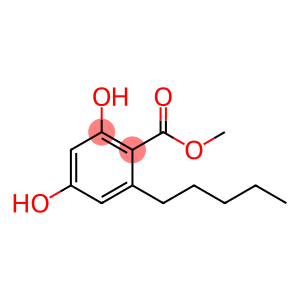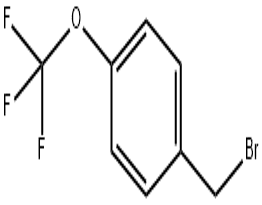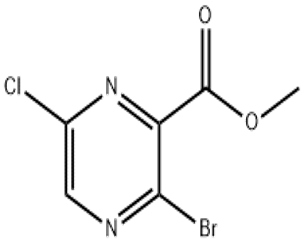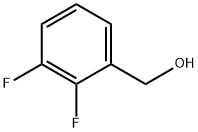Rutin (High Purity)(CAS#153-18-4)
Risk and Safety
| Risk Codes | R22 – Harmful if swallowed R36/37/38 – Irritating to eyes, respiratory system and skin. |
| Safety Description | S24/25 – Avoid contact with skin and eyes. S36 – Wear suitable protective clothing. S26 – In case of contact with eyes, rinse immediately with plenty of water and seek medical advice. |
| WGK Germany | 3 |
| RTECS | VM2975000 |
| FLUKA BRAND F CODES | 8 |
| HS Code | 29381000 |
| Toxicity | LD50 i.v. in mice: 950 mg/kg (propylene glycol soln) (Harrison) |
Rutin (High Purity)(CAS#153-18-4)
quality
It is a light yellow or light green needle-like crystal or crystalline powder. Normally, there are three crystal waters, and two crystal waters are lost when drying at 95~97 °C, and two crystal waters are lost at 110 °C/1. Drying for 12 hours at 33kPa can turn into anhydrous. Anhydrous matter turns brown at 125°C, becomes flexible plasticity at 195~197°C, and decomposes at 214~215°C. The specific rotation is +13. 82 °C (ethanol as solvent). There are four phenolic hydroxyl groups in the structure of rutin, so its aqueous solution appears blue-green when it encounters Fe3+. Anhydrous is easily hygroscopic, almost insoluble in water, chloroform, ether, benzene, carbon disulfide and petroleum ether, soluble in pyridine, DMF and alkaline aqueous solution, slightly soluble in ethanol, acetone and ethyl acetate. It has the function of vitamin P and can prevent and treat bleeding caused by brittle capillaries.
Method
Rutin is a flavonol glycoside compound with a wide source, which exists in plants, especially in locust flowers and acacia seeds. Generally, it is made from bitter buckwheat leaves, locust tree flower buds (locust flower rice), red beans, etc. The extraction methods include ethanol extraction, hot water extraction, hot alkali solution extraction, cold alkali solution extraction and sodium sulfite hot alkali solution extraction.
use
It can be used as an edible antioxidant and nutrient enhancer, etc. It has the functions of maintaining vascular resistance, reducing its permeability, and reducing fragility. It can be used to prevent and treat cerebral hemorrhage, hypertension, retinal hemorrhage, purpura and acute hemorrhagic nephritis.


